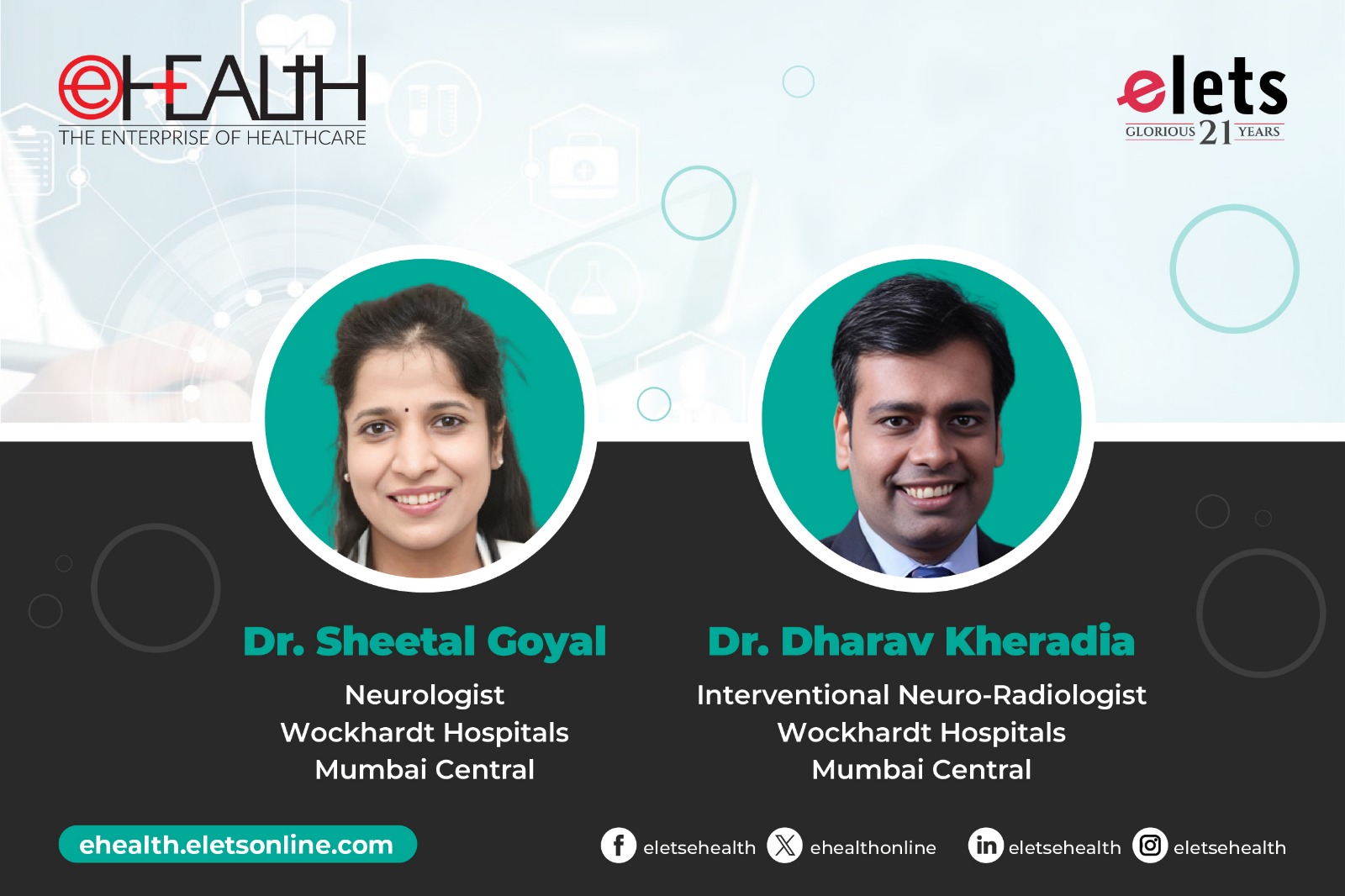
A 42-year-old male recently presented to the emergency department at Wockhardt Hospitals, Mumbai Central, with a sudden onset of severe headache and vomiting. The patient described the headache as the worst he had ever experienced, prompting immediate medical evaluation. Upon arrival, an MRI scan revealed bleeding in the frontal lobe of the brain, raising the suspicion of an aneurysmal bleed. Subsequent angiography confirmed the presence of an aneurysm—a bulge in one of the anteriorly supplying blood vessels that had ruptured.
Understanding Brain Aneurysms
A brain aneurysm occurs when a blood vessel in the brain bulges or balloons due to a weakness in the vessel wall. This condition can lead to a subarachnoid hemorrhage, where bleeding occurs in the space surrounding the brain. Such an event is life-threatening and requires prompt medical intervention. Common symptoms include a sudden, severe headache, vomiting, altered mental status, and, in severe cases, a comatose state.

Diagnosis and Treatment Decision
Given the critical nature of the condition, the medical team, led by Dr. Sheetal Goyal, Neurologist, and Dr. Dharav Kheradia, Interventional Neuro-Radiologist, conducted a Digital Subtraction Angiography (DSA) to accurately map the aneurysm’s size and characteristics. The team noted that the aneurysm had a broad neck, making traditional coiling—where tiny platinum coils are inserted to promote clotting—unsuitable.

Advanced Endovascular Treatment
The team opted for a cutting-edge treatment using a contouring device. This self-expanding, basket-like structure is inserted into the aneurysm through a catheter, which is navigated to the brain from the groin. Once in place, the device expands to fill the aneurysm, preventing blood flow into the weakened area and significantly reducing the risk of re-rupture. This minimally invasive procedure does not require major incisions or opening the skull, thus reducing recovery time and the risk of complications.

The Procedure and Outcome
That same night, Dr. Kheradia successfully placed the contouring device, securing the aneurysm. The patient tolerated the procedure well and showed no neurological deficits post-intervention. He is currently in a stable condition, and follow-up imaging is planned to monitor the aneurysm and ensure long-term success.

Also Read: How Digital Solutions are Shaping the Future of Pharmacy and Expanding the Pharmacist’s Role.
Conclusion and Implications
This case highlights the importance of immediate medical attention for sudden-onset headaches, which can indicate serious underlying conditions like aneurysms. The successful use of advanced endovascular techniques, such as the contouring device, showcases the potential for minimally invasive treatments to offer effective alternatives to traditional surgical methods like clipping. These modern techniques not only improve patient outcomes but also shorten recovery times and reduce associated risks.
The coordinated efforts of the medical team at Wockhardt Hospitals, including the expertise of Dr. Sheetal Goyal and Dr. Dharav Kheradia, were crucial in the successful management of this life-threatening condition. Their approach underscores the significant advancements in medical technology and treatment options for brain aneurysms, paving the way for safer and more efficient patient care.
Views expressed by: Dr Dharav Kheradia, Interventional Neuro-Radiologist & Dr Sheetal Goyal, Neurologist, Wockhardt Hospitals Mumbai Central.
Be a part of Elets Collaborative Initiatives. Join Us for Upcoming Events and explore business opportunities. Like us on Facebook , connect with us on LinkedIn and follow us on Twitter , Instagram.
"Exciting news! Elets technomedia is now on WhatsApp Channels Subscribe today by clicking the link and stay updated with the latest insights!" Click here!
















